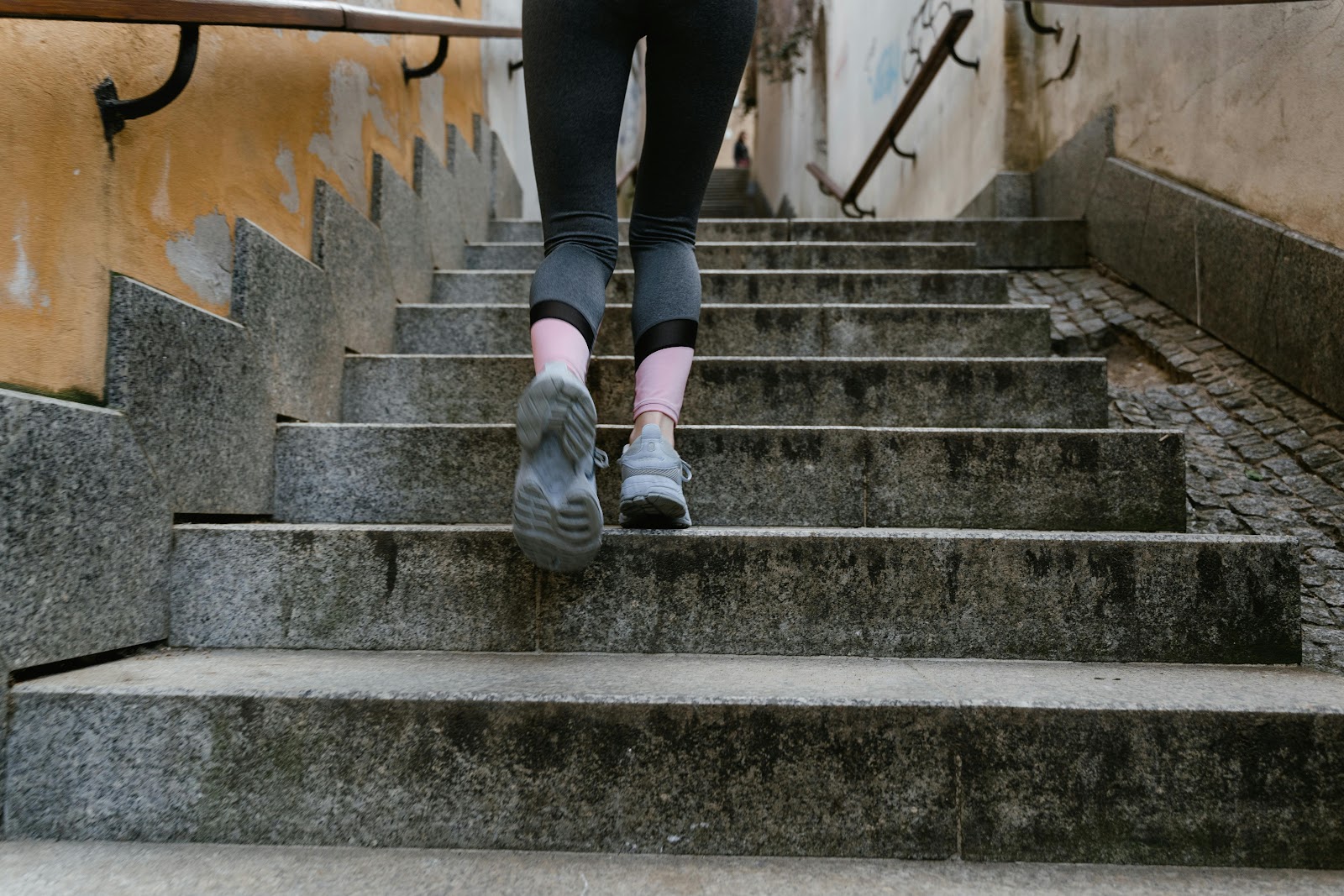The Benefits of Breathing Exercises: A Simple Path to a Healthier Life
In today's fast-paced world, where stress and anxiety are part of everyday life, breathing exercises have emerged as a simple yet powerful way to improve overall well-being. These exercises are not only easy to practice but also highly effective in calming the mind, improving focus, and enhancing physical health.
Whether you're looking to reduce stress, sleep better, or boost your lung capacity, breathing exercises can be a transformative addition to your daily routine. In this article, we will explore the benefits of breathing exercises, various techniques, and tips on how to incorporate them into your life.
What Are Breathing Exercises?
Breathing exercises are deliberate techniques that involve controlling the breath to achieve specific physical, mental, or emotional outcomes. These techniques have been practiced for centuries in different cultures, especially in yoga, meditation, and traditional healing practices.
Unlike normal breathing, which is automatic and unconscious, breathing exercises involve focused attention and intentional breathing patterns. They can be practiced anywhere, without any special equipment, making them accessible to everyone.
Top Benefits of Breathing Exercises
1. Reduces Stress and Anxiety
One of the most well-known benefits of breathing exercises is their ability to reduce stress and anxiety. When you're stressed, your body enters "fight or flight" mode, which causes shallow, rapid breathing. Controlled breathing activates the parasympathetic nervous system, which helps your body relax and return to a state of calm.
Deep breathing techniques, such as diaphragmatic breathing, slow down your heart rate and lower blood pressure, leading to immediate relief from tension and anxiety.
2. Improves Sleep Quality
Struggling with insomnia or restless nights? Breathing exercises can help calm the mind and prepare the body for sleep. Techniques like the 4-7-8 breathing method slow down your heart rate and reduce mental chatter, making it easier to drift off into a peaceful sleep.
Practicing breathing techniques before bedtime can create a relaxing bedtime ritual that signals to your body that it’s time to unwind.
3. Enhances Focus and Concentration
In our distraction-filled world, staying focused is a challenge. Breathing exercises help bring awareness to the present moment, which enhances mental clarity and concentration. This is especially helpful for students, professionals, or anyone needing to perform mentally demanding tasks.
Mindful breathing is often used in meditation and mindfulness practices to train the brain to remain attentive and aware.
4. Strengthens the Lungs
Regular practice of breathing exercises can strengthen the respiratory system, which is particularly beneficial for people with asthma, COPD, or other lung conditions. Exercises like pursed-lip breathing and box breathing improve lung function and oxygen exchange.
Even healthy individuals can benefit from increased lung capacity and more efficient breathing patterns, especially athletes and singers.
5. Boosts Immune System
Believe it or not, your breath can influence your immune system. Controlled breathing reduces the production of stress hormones like cortisol, which can weaken immune function over time. By keeping stress levels low, breathing exercises indirectly support immune health.
Some research suggests that practices like Wim Hof breathing may stimulate immune response and increase resistance to certain infections.
6. Balances Emotions
Emotional regulation is essential for healthy relationships and mental well-being. Breathing exercises can help you become more aware of your emotional state and respond rather than react. With regular practice, you can use your breath as a tool to stay grounded and balanced even in emotionally challenging situations.
Popular Breathing Techniques
Here are a few well-known and effective breathing techniques to try:
1. Diaphragmatic Breathing (Belly Breathing)
Breathe in deeply through your nose, expanding your belly.
Exhale slowly through your mouth.
Repeat for 5–10 minutes.
2. Box Breathing
Inhale for 4 seconds.
Hold for 4 seconds.
Exhale for 4 seconds.
Hold for 4 seconds.
Repeat for several cycles.
3. 4-7-8 Breathing
Inhale through your nose for 4 seconds.
Hold your breath for 7 seconds.
Exhale slowly through your mouth for 8 seconds.
Great for sleep and relaxation.
4. Alternate Nostril Breathing (Nadi Shodhana)
Close your right nostril with your thumb, inhale through the left.
Close your left nostril, exhale through the right.
Repeat in reverse.
This technique is used in yoga and helps balance both sides of the brain.
How to Get Started with Breathing Exercises
Starting a breathing practice doesn’t require any special tools—just a quiet space and a few minutes of your time. Here are some tips:
Choose a consistent time each day, such as morning or before bed.
Start small with just 5 minutes and gradually increase.
Use guided apps or YouTube videos if you're a beginner.
Combine with meditation for added benefits.
Listen to your body and avoid overexertion or holding your breath too long.
Breathing Exercises and Mental Health
Many mental health professionals incorporate breathing techniques into therapy. For individuals dealing with anxiety disorders, panic attacks, PTSD, or depression, breathing exercises offer a safe, non-invasive way to manage symptoms.
Practices like mindfulness-based stress reduction (MBSR) use conscious breathing to help patients build resilience and cope with emotional stress more effectively.
Final Thoughts
Breathing exercises are a powerful yet underrated tool for enhancing both physical and mental health. From reducing stress to boosting immunity, the benefits are wide-ranging and backed by science. Best of all, they are free, easy to learn, and accessible to everyone—regardless of age or fitness level.
By simply dedicating a few minutes each day to mindful breathing, you can unlock a greater sense of calm, energy, and overall well-being. So take a deep breath—you’ve just found one of the simplest ways to change your life for the better.




No comments:
Post a Comment